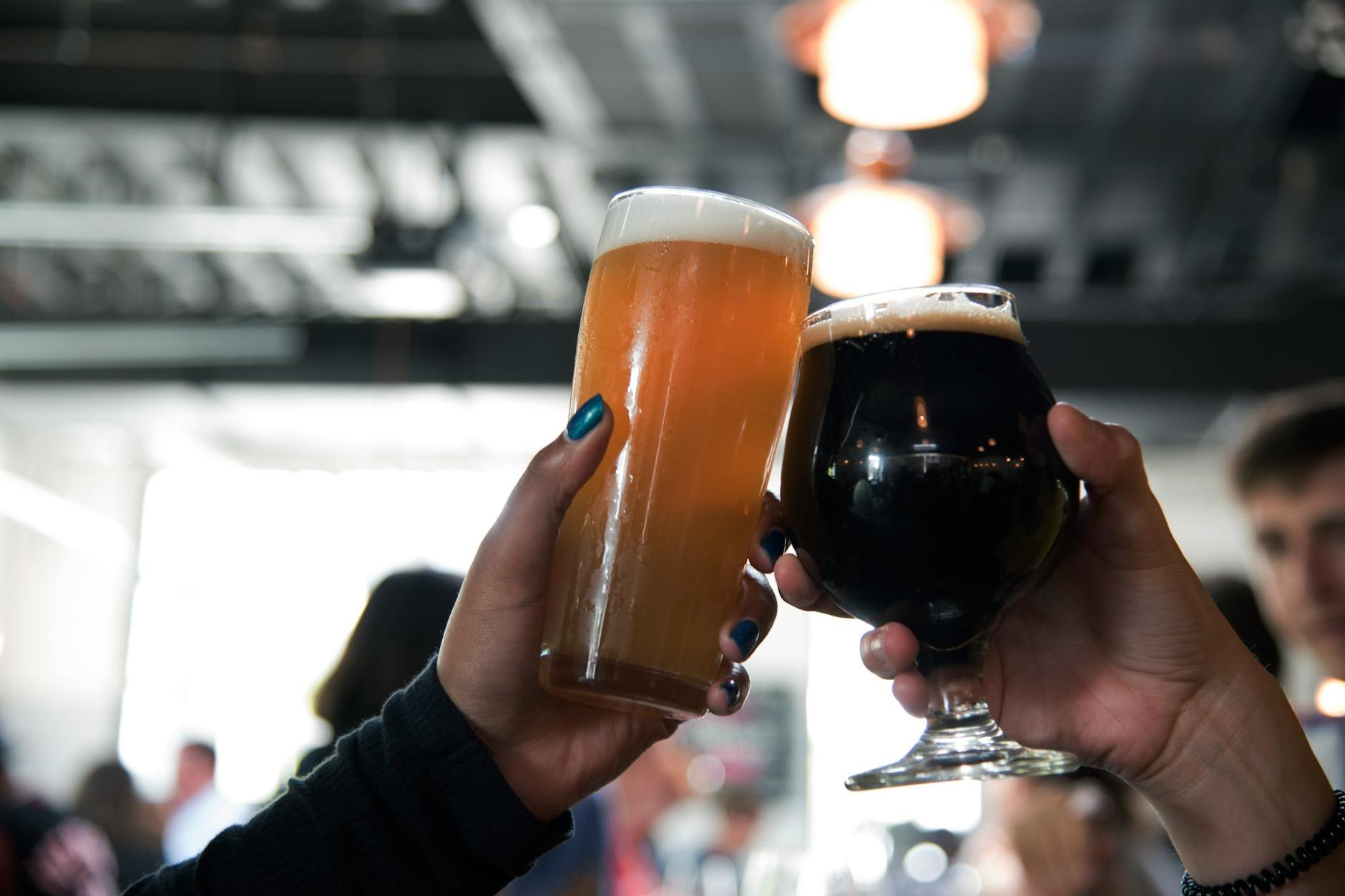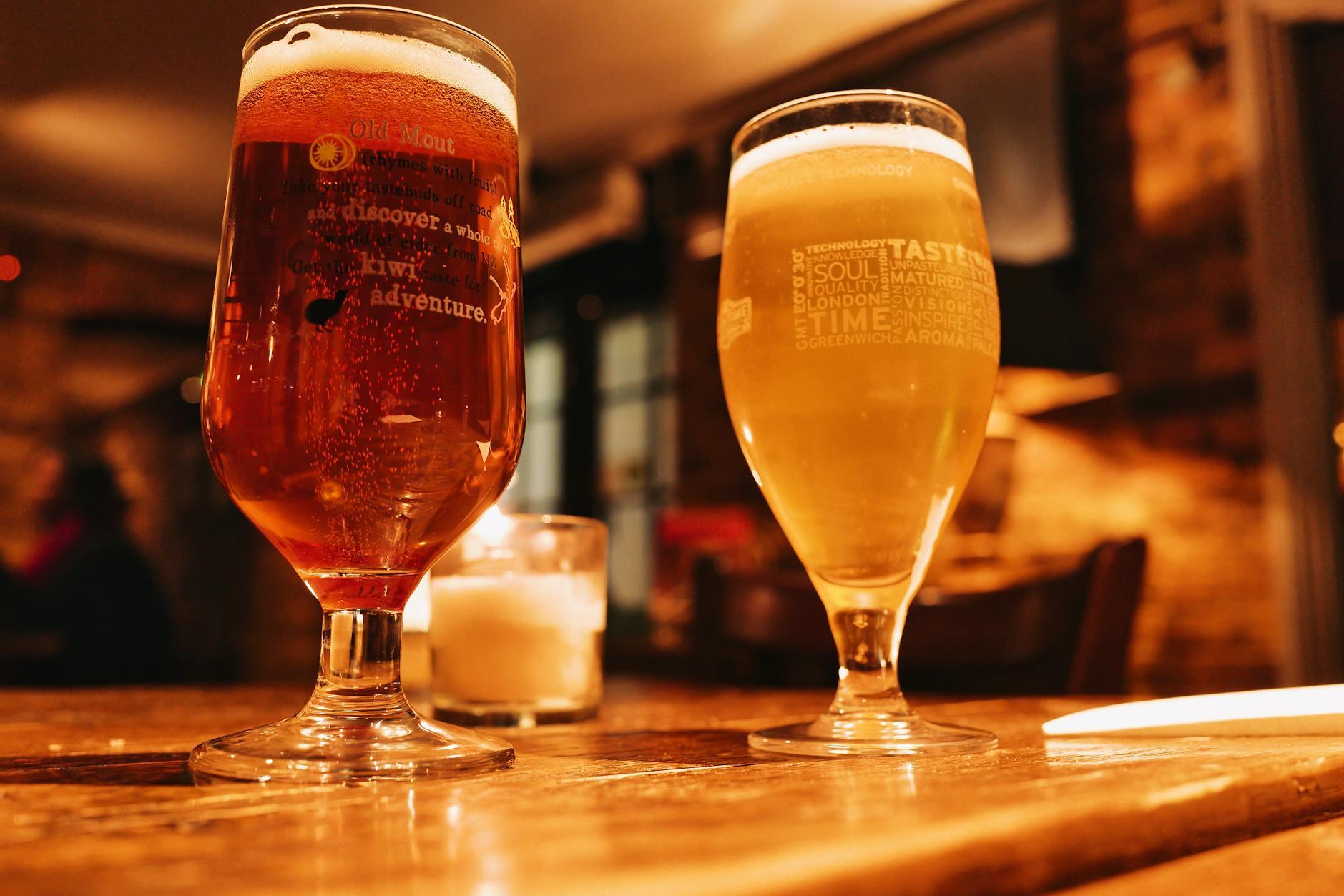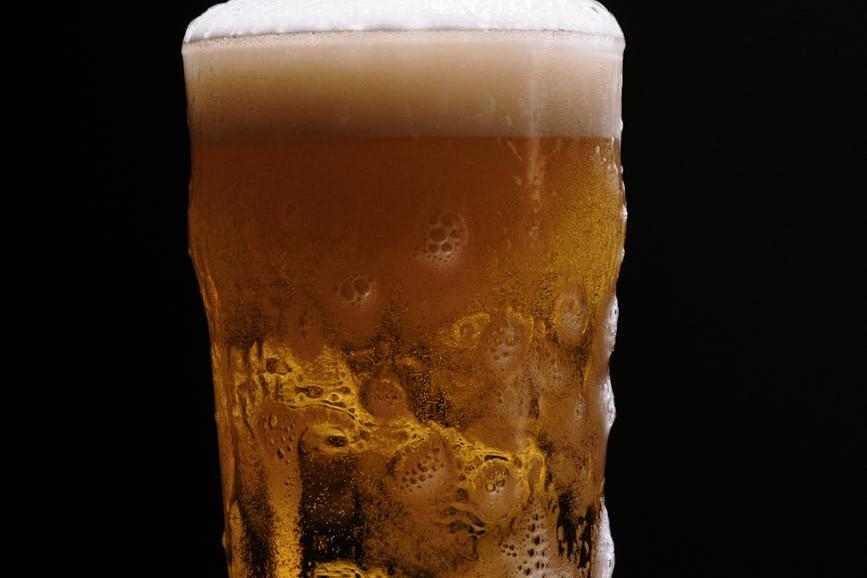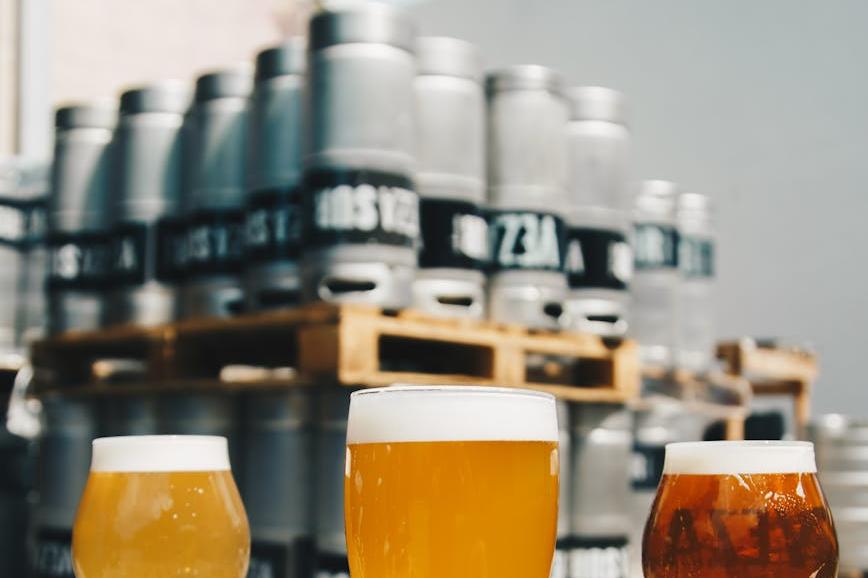- Shanghai Zhongshen International Trade Co., Ltd. - Two decades of trade agency expertise.
- Service Hotline: 139 1787 2118
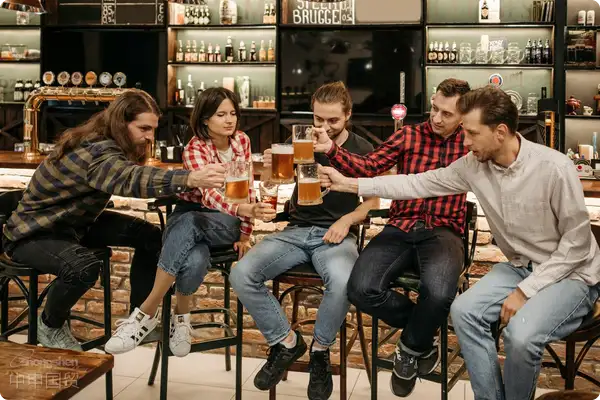
Contents
ToggleWhen Craft Beer Meets Chinese Customs
Last month at Shanghai Port, we just completed clearance for the 48th batch of German dark beer. Seeing the cargo owner holding the test report with a worried expression, I suddenly realized many importers are still using 2019 methods for beer imports. As a veteran who has handled 200+ beer import casesforeign trade, today Ill help everyone avoid those seemingly simple but potentially fatal clearance traps.
Clearance process in four steps
- Qualification preparation stage (30+ days)
- Food Business License (Including Alcohol Business Scope)
- Imported food consignee registration (required for first-time imports)
- Alcohol distribution license (required by some ports)
- Document collection stage (high-error zone)
- It is recommended to verify through the following methods:The health certificate must "have consistent dual headers."
- Filling date cannot be earlier than test report issuance date
- Starting from 2025, a newAlcohol fermentation process descriptionDocuments
Those Years We Paid Our "Tuition Fees"
Real Case:An importer declared Belgian Trappist beer as "fermented beverage," resulting in the entire container being detained at the port for 35 days. The issue arose because the malt degree test value was 11.6°P, just exceeding the 11.5°P threshold that distinguishes beer from beverages.
| Common Mistakes | correct operation | Compliance Costs |
|---|---|---|
| Mixed shipment of products with different alcohol concentrations | Classified according to the highest alcohol concentration | Administrative penalty of 30,000-50,000 yuan |
| The Chinese label does not indicate "Excessive consumption is harmful to health." | Use the updated GB 7718 template | Risk of entire batch rejection |
The "invisible assassin" in the expense list
- Tariff Blind Spots:
- Malt beer (HS 22030000) general tariff rate 180%
- Preferential tariff rates as low as 0% (e.g. Chile, New Zealand)
- Port Charge Traps:
- Container unpacking fees during inspection (approx. 2,000 yuan/container)
- Late declaration penalty 0.5‰ daily (minimum 50 yuan)
Choosing an agent is like choosing beer
Recently compared services of three Shanghai port agents for a client and found an interesting phenomenon: Company A had the lowest quote but many hidden charges, Company B cleared customs quickly but had expensive storage fees, Company C appeared average but could obtain special flavor approvals within 3 days. Remember these three metrics:
- Number of food clearance cases (recommended 200+)
- Port relationship network (directly affects inspection rate)
- Crisis response speed (2-hour benchmark)
Veteran Importers Ramblings
Last week, I just finished handling the customs clearance for a batch of Japanese craft beers, only to be asked by customs to provide additional proof of cultural and creative products because of the "Limited Edition" label on the bottles. Nowadays, importing beer requires not only expertise in...customs classification,Food safety, and also the ability to readCultural approval documentFor next product selection, remember to have the agent pre-review the formula sheet in advance, dont wait until the goods arrive at the port to discover they containnon-edible flower extractssuch potentially hazardous substances.
Related Recommendations
? 2025. All Rights Reserved. Shanghai ICP No. 2023007705-2  PSB Record: Shanghai No.31011502009912
PSB Record: Shanghai No.31011502009912

